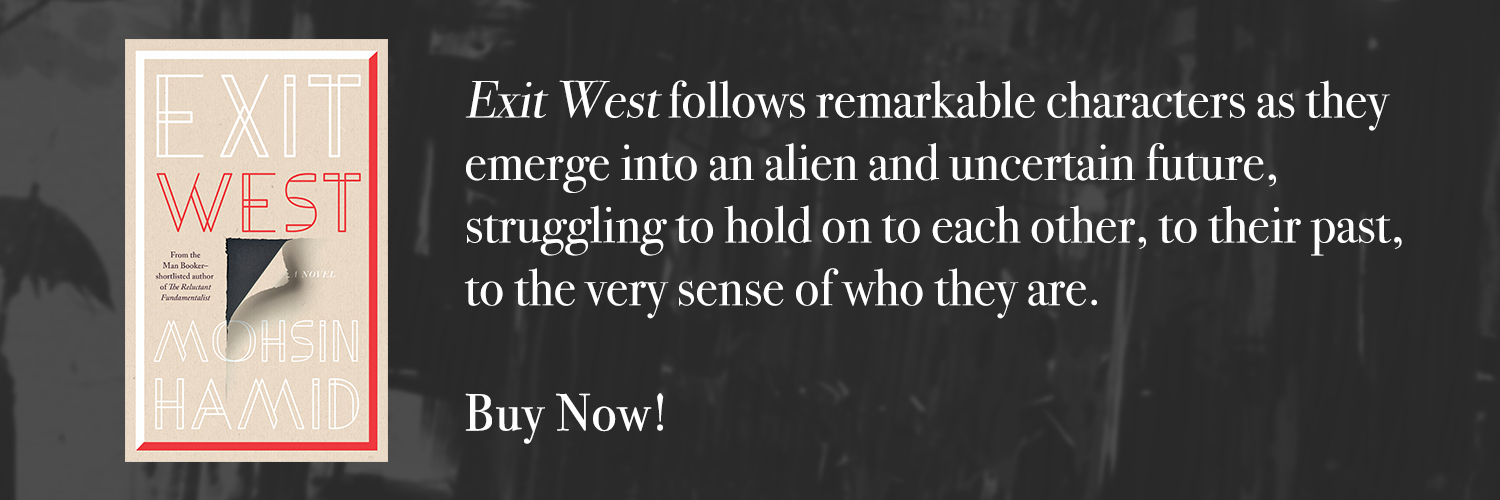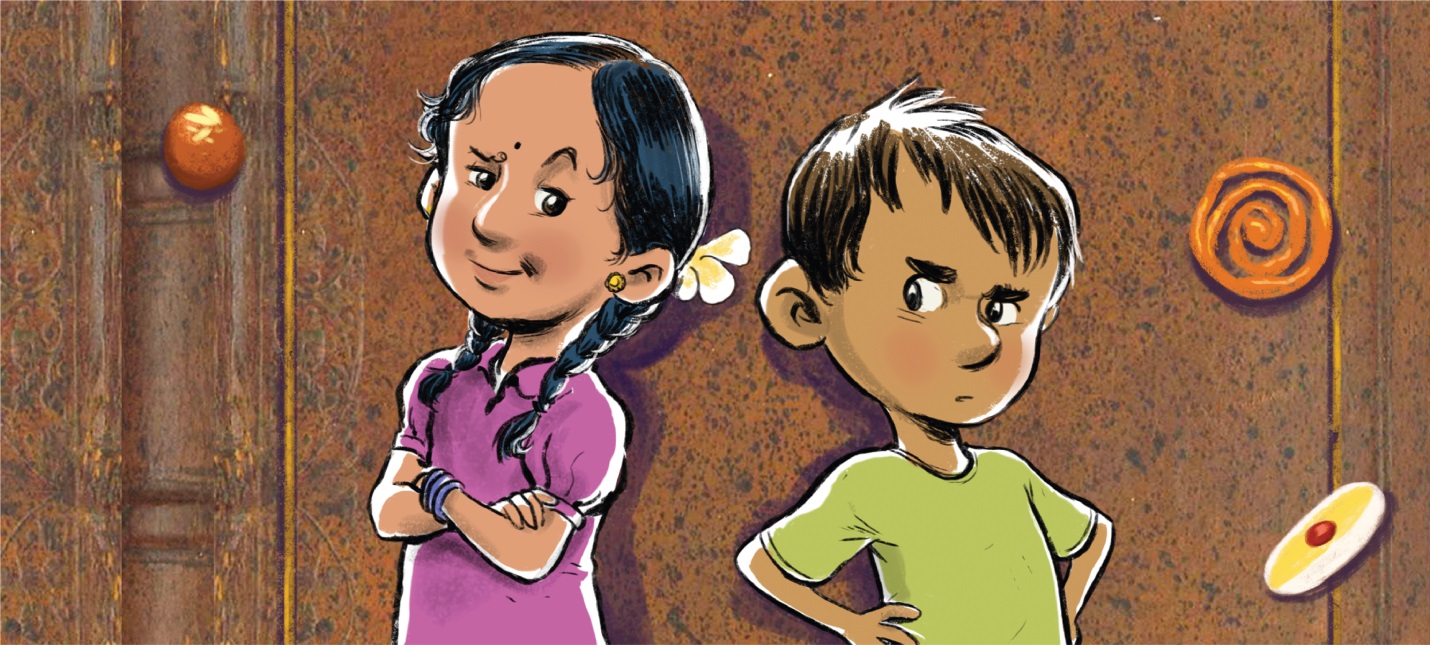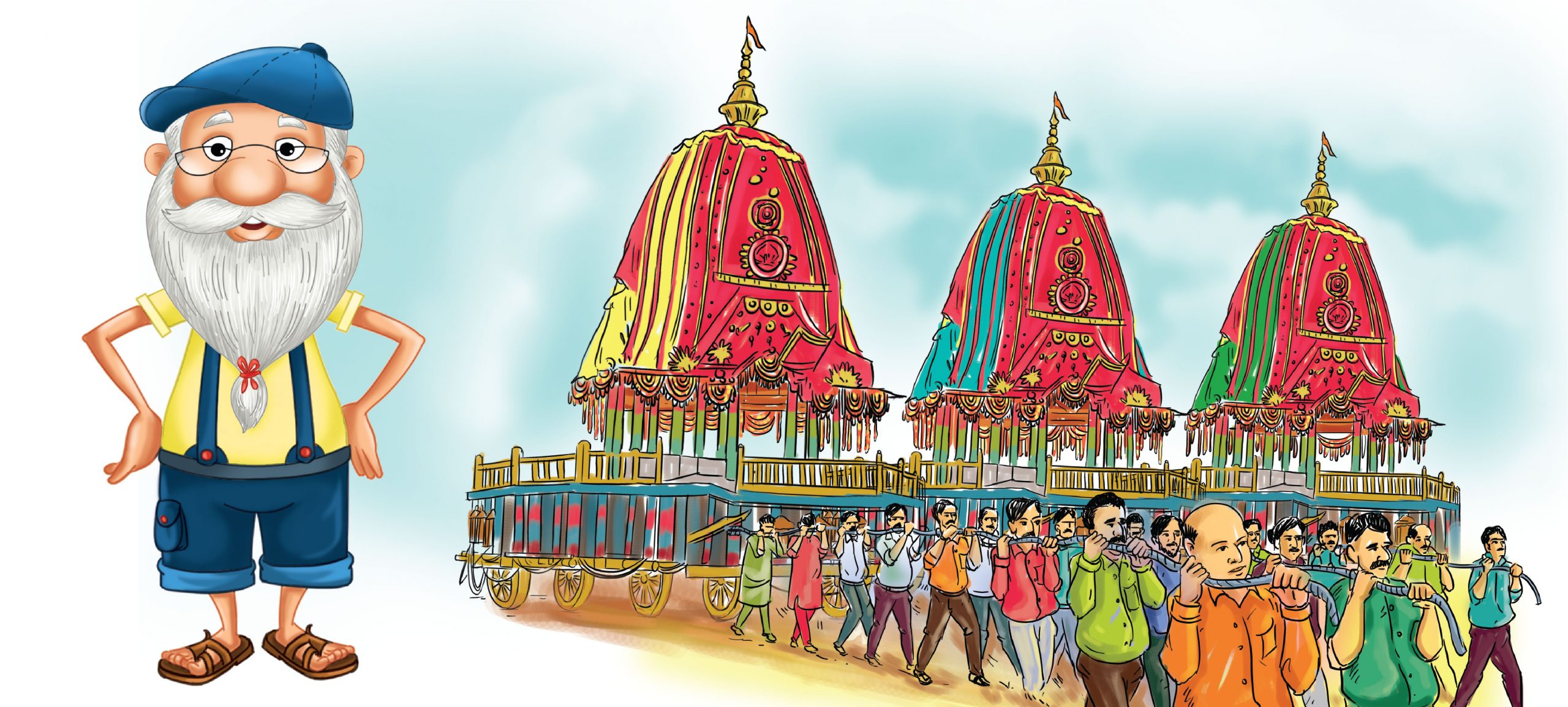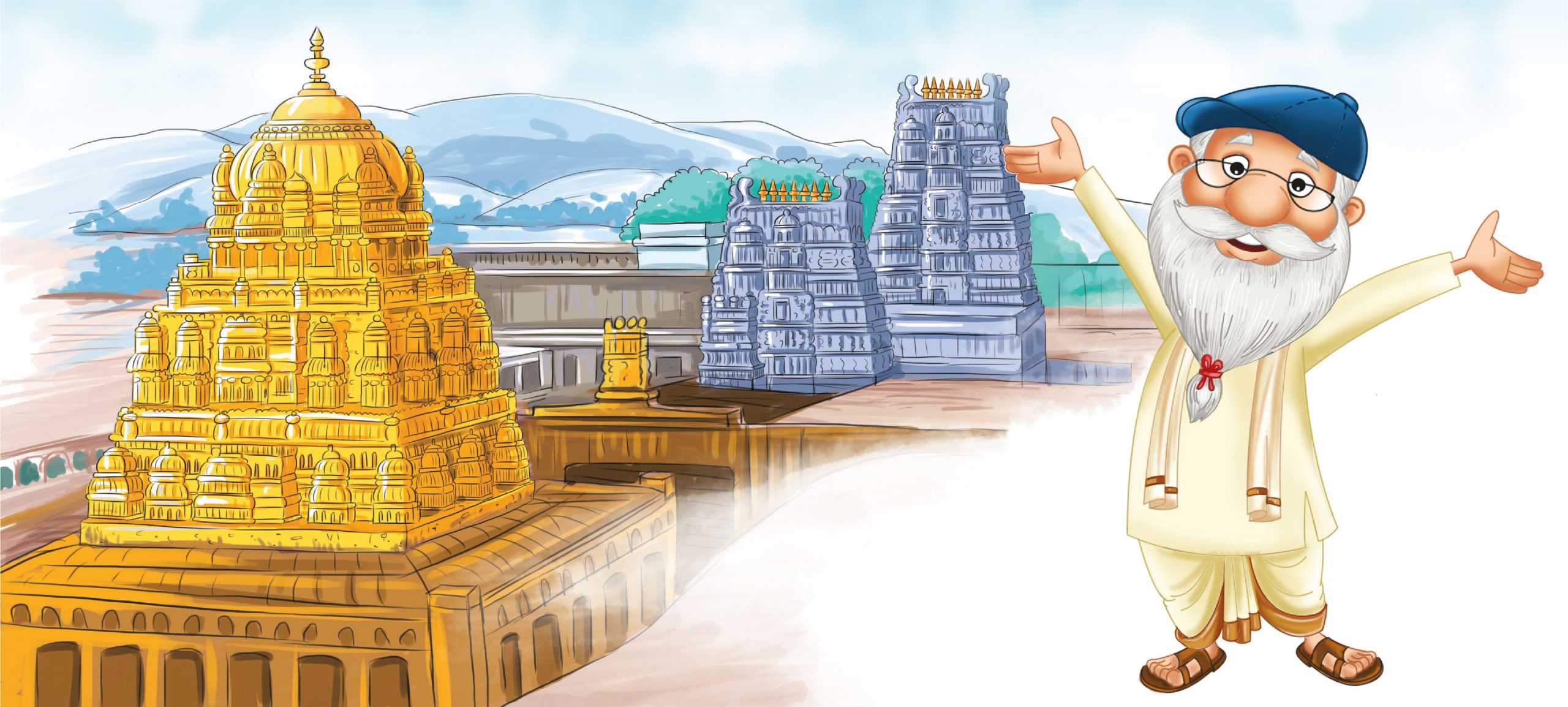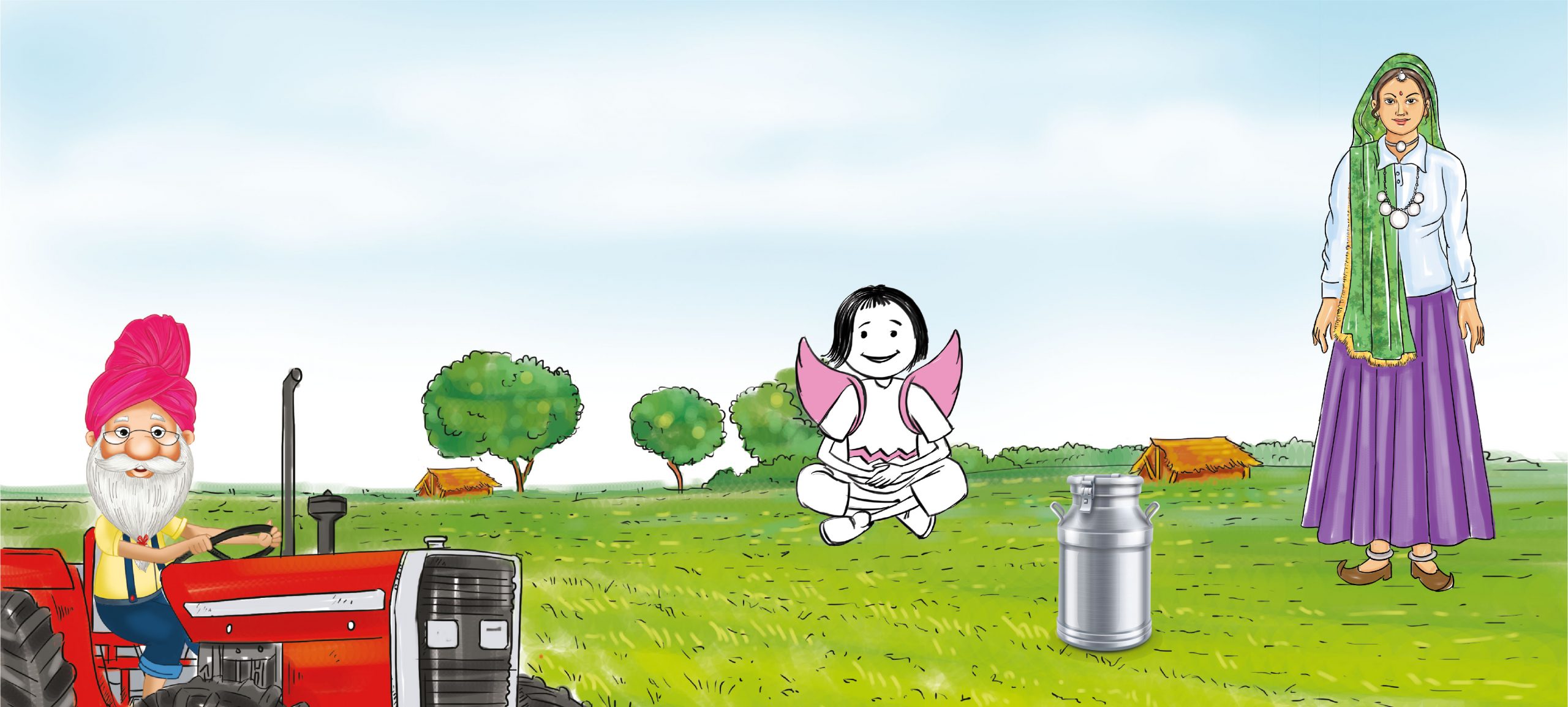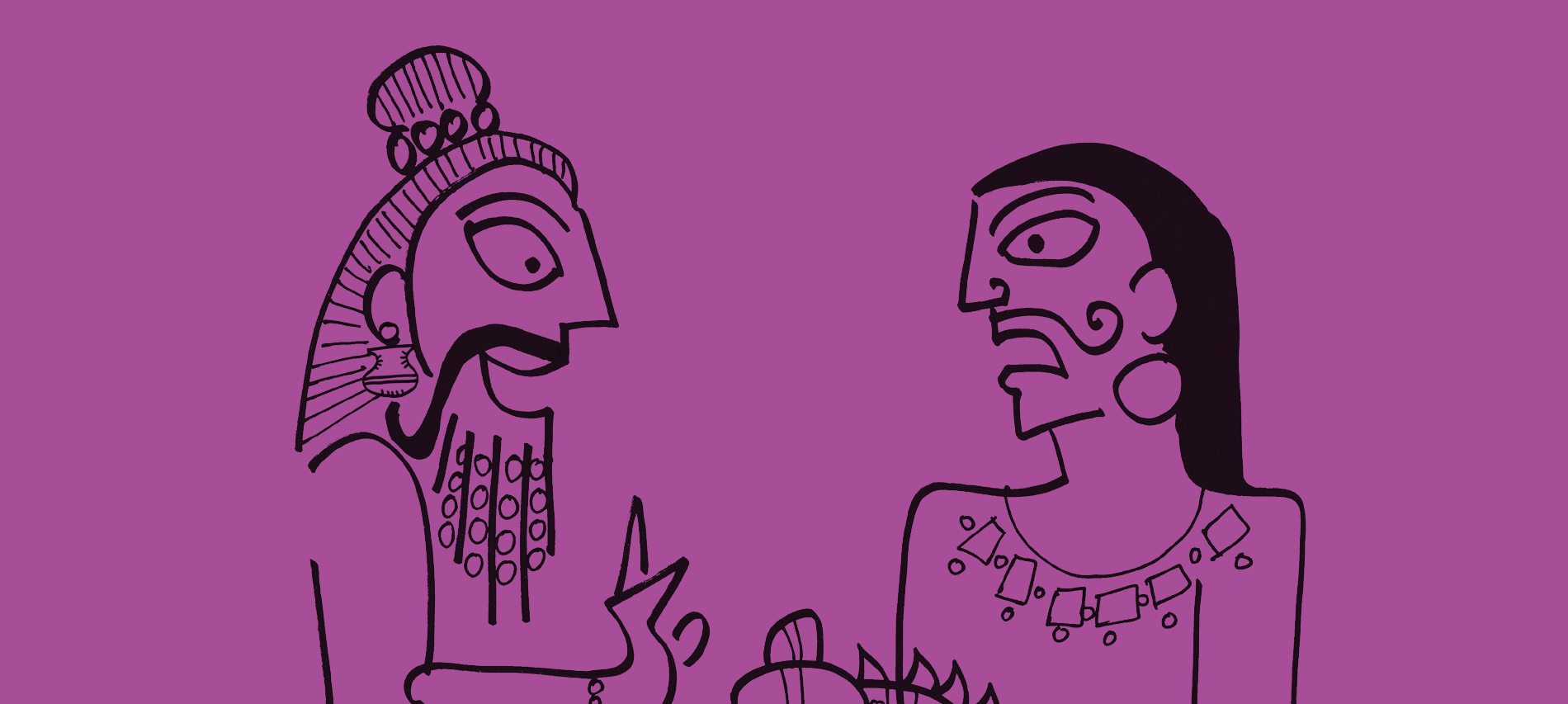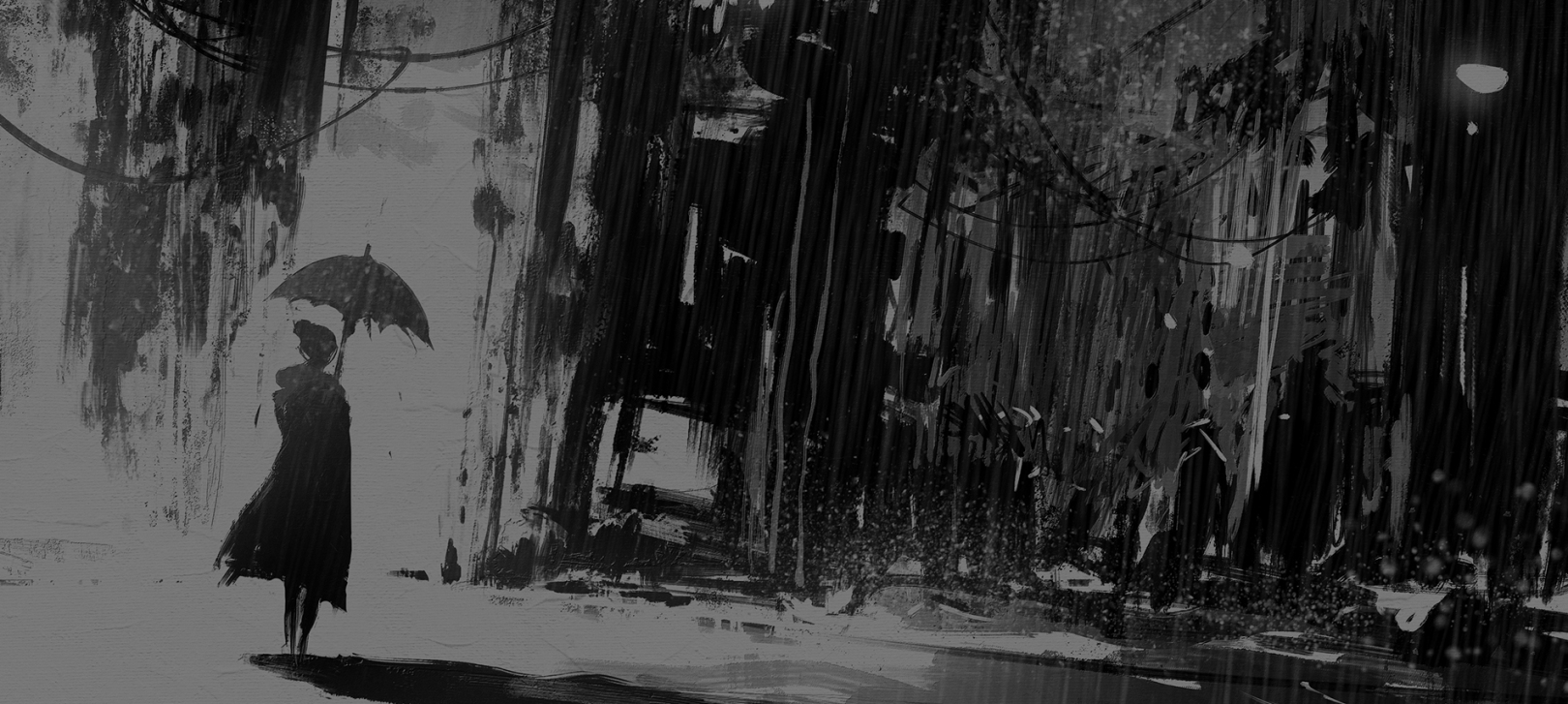The Curious Case of the Sweet and Spicy Sweetshop by Nandini Nayar is a spooky story packed with curious characters, a hilarious hero and a super-fun plot. While reading this book, your child will be in for a double treat- witnessing witty family relations and discovering the magical world of sweets!
Most ghosts are super scary but here are 3 ghosts your child will absolutely love:
Bhagwandas Mithaiwala
Plump man with hair cut short, Bhagwandas was dressed in a full sleeved shirt in his portrait. While looking at the portrait, this was a man, Laddoo thought, who probably enjoyed eating the sweets he made and sold. The post-master and Bhagwandas were best friends. The postmaster remembered Bhagwandas as a cheerful man, with cheeks like his famous gulab jamuns and a voice as thick and caramelly as the best sugar syrup!
 Ramcharandas Mithaiwala
Ramcharandas Mithaiwala
Vishnu’s grandfather, Ramcharandas was a serious looking man. A man with curly grey hair, that clustered around his head, he had a droopy moustache over his lips and looked serious. He was famous for being incredibly suspicious! He was convinced that people were trying to steal his recipes. So he built the sweetshop— without a single window. He wanted to make sure that not even a whiff of the fragrance of the sweets could escape the room.
 Girijakumar Mithaiwala
Girijakumar Mithaiwala
Vishnu’s great-grandfather was a thin man with a melancholy expression on his face. He was the one who set up the sweet shop. He built his house and the sweetshop under it because he believed that no sweet maker should live far away from his shop.

Tag: Children
Discover India: Four things your little ones should know about Odisha
Mishki and Pushka have never seen a place as amazing as Earth. They are here from their home planet, Zoomba! Join them as they travel across India with Daadu Dolma, the sweet old man they meet.
Mishi is in a hurry to visit the next state. “Where are we going this time?” she asks Daadu Dolma, jumping up and down. Daadu tells her that the three of them are off to visit a beautiful state that is historical and very interesting and also has yummy food. They’re on their way to Odisha!
Here are four things they learn there.

That must mean there were dinosaurs and other pre-historic beasts roaming this region at one time. But rocks are not all it has. There are ridges and plateaus that have been created by soil from rivers and sand blown in by the wind.

It even supports many fishermen, who make their living through this lake.

A tribe called the Juangs have the most organized system. In the centre of this community’s village is the largest hut. It has walls on three sides and is open in the front. The walls are decorated with patterns.

There are Pattachitra artists and pipli art. Weaving is popular here and they have names like khandua, saktapda, bomkai and tarabali. Kansaris are the artists who create wonderful brass pieces.

Discover India: Four Things your little ones should know about Andhra Pradesh
Mishki and Pushka’s home planet, Zoomba is nothing like Earth, except that the people look the same! As they travel across India with their new friend, Daadu Dolma, they are awestruck by the magnificence of India.
Upon spending the entire night reading about Andhra Pradesh, Pushka says, ‘Daadu, I am really curious about this state. It seems to have a rich history—but is very modern too.’
The siblings are keen to visit and so, much to their delight, Daadu Dolma takes them to the beautiful state. Here are four things they learn about Andhra Pradesh.

This made the state a little smaller, but it still has a lot of lovely neighbours. It is surrounded by Karnataka, Tamil Nadu, Odisha and, of course, Telangana. On its eastern side, it has a long coastline, where the waters of the Bay of Bengal lap its shores.

There are many rivers that rush down the mountains and into the Bay of Bengal, watering the plains along the way. These rivers create deltas and make this area simply perfect for farmers.

Thanks to this, even the otherwise dry plateau is able to sustain agriculture.

Historically, because the Nizams ruled here for so long, Urdu is very much a part of the local language.

Discover India: Four Things your little ones should know about Haryana
Daadu Dolma, the sweet old man that Mishki and Pushka meet on their visit to Earth from their home planet Zoomba is keen to show them the wonderful places in India.
Mishki and Pushka are very curious because they don’t know much about the state they are about to visit. “Well, you could say that Haryana is where a lot of India’s history was born. Some of the greatest events in Indian history occurred here,” explains Daadu.
Here are four things they learn about Haryana.





There’s a New Boy In Nicky and Noni’s Class! Do They Become Friends? — ‘Being a Good Friend Is Cool’: An Excerpt
In Sonia Mehta’s Being a Good Friend Is Cool from her new series of books — My Book of Values, the author talks about the cool value of being a good friend.
Nicky and Noni have a new boy in class, but Nicky seems to be doing something wrong. What is it? Let’s find out!




What do Nicky and Noni do next? Do they become friends with Jojo? Grab a copy of Being a Good Friend is Cool to find out!

The Simple Messages Hidden in ‘Mahabharata’: ‘The Boys Who Fought’
The story of Mahabharata has been retold countless times through generations and one instinctively comes to identify it with the great battle of Kurukshetra.
But going beyond all the animosity and rivalry that overarches the epic, Mahabharata espouses some important messages for life, an aspect Devdutt Pattanaik has brought forth for us in The Boys Who Fought.
Here are a few times we were reminded of the simple but impactful messages from the Mahabharata that transcend time and remain equally relevant even today.
When Vyasa wondered about the progress humankind had truly made.
When Ekalavya showed us the meaning of control, as opposed to destruction.

When we were reminded of the true meaning of ‘life’.

When we were told about the vicious cycles humankind gets trapped in.

Know more about the timeless messages of the Mahabharata with Devdutt Pattanaik’s beautifully illustrated book today!

India: 70 Years of Independence
By Roshen Dalal
India celebrates 70 years of independence on 15 August, and we may wonder why this date is so important. A simple answer is that on this date in 1947, India gained freedom from almost 200 years of British rule. But further questions follow. What was wrong with British rule? How was it different from that of earlier invaders and settlers? Through the narrow passes and river valleys in the high mountains, India had seen many invasions from ancient times. Darius I (522-486 BCE)of Persia (Iran) included part of north-west India in his territories. Alexander, the Macedonian conquerer, too, came to the north-west in 336 BCE, but could not stay long. The Bactrian Greeks (from 200 BCE), the Parthians (1st century CE), Kushanas (1st to 3rd centuries CE), Indo-Sasanians (3rd -4th centuries CE), and Hunas (5th century CE), and were among other invaders. All of them set up kingdoms for short periods of time, and many were absorbed into Indian society. Later there were invasions from Ghazni and Ghur in the region of present Afghanistan, which led to the rule of the sultans. The sultans defended India against the invasions of the Mongols. The Mughal dynasty was then founded by Babur in 1526, who originated in the small kingdom of Farghana in Central Asia. There were other dynasties such as the Ahoms, who invaded the north-east of today’s India. But most of these who were once invaders, ruled parts of India much like other kings of the country. They collected and spent taxes here, constructed buildings, provided justice, and encouraged the arts. British rule was different, in that they used India as a source for money and raw materials that were transmitted to their own country. Dadabhai Naoroji (1825-1917), an Indian political leader and the first Asian to become a member of Parliament in Britain, explained this as ‘the drain of wealth’, in his book Poverty and and Un-British Rule in India. He estimated that the British were taking money away from India at the rate of 30,000,000 to 40,000,000 pounds a year. Railways had been constructed, but the money earned from them belonged to Britain. In addition, railways were used to transport raw materials, which were later sent out of India. It seemed as if there were some good points, as law and order were maintained, but Naoroji said that under the British, ‘the Indian starves in peace and perishes in peace, with law and order’. Artisans lost their livelihood. There was inequality, as only the British were given high posts. India was a ‘colony’ of Britain, but neither India nor Britain were unique. Across the world, other European nations, the including France, Portugal and Germany, had their own colonies, and similarly exploited those they colonized.
It was a long struggle to gain freedom from the British. The Revolt of 1857 was the first widespread expression of protest. After the founding of the Indian National Congress in 1885, the movement became more organized, and finally, though many groups had participated, it was Mahatama Gandhi who led India to freedom through satyagraha, his policy of peaceful protest, combining non-violence and truth. There were around 565 Indian states, which the British did not directly rule, though they controlled them through their agents. Many people in these states also participated in the freedom movement.
These peaceful protests brought about gradual changes, and an involvement of Indians in the government in the British provinces.
India became free at one minute past midnight on the of 14th August, that is, the first minute of the 15th. Though many celebrated and rejoiced, some, like Mahatma Gandhi, were sad–firstly because two countries of India and Pakistan were created instead of one, and secondly because there were riots and killings between Hindus and Sikhs on one side, and Muslims on the other.
But the new country of India overcame these problems. With the adoption of the Constitution on 26 January 1950, India became fully independent. It became a democracy, a Republic with two houses of Parliament, the Lok Sabha and the Rajya Sabha, headed by the president, with real power in the hands of the prime minister, the other ministers, and Parliament.
What we must celebrate after 70 years, is that this democracy is still functioning. As I see it, this has been India’s greatest achievement. Pakistan gained independence at the same time as India, but could not provide a stable government. Many more countries gained Independence after India, both in Asia and Africa. Most of them have faced problems, in governance and otherwise.
As we celebrate India’s freedom, we must guard and protect its greatest treasure–that of being a democracy, with a Constitution that guarantees certain freedoms, and provides equal rights to people of all communities, castes and religions.
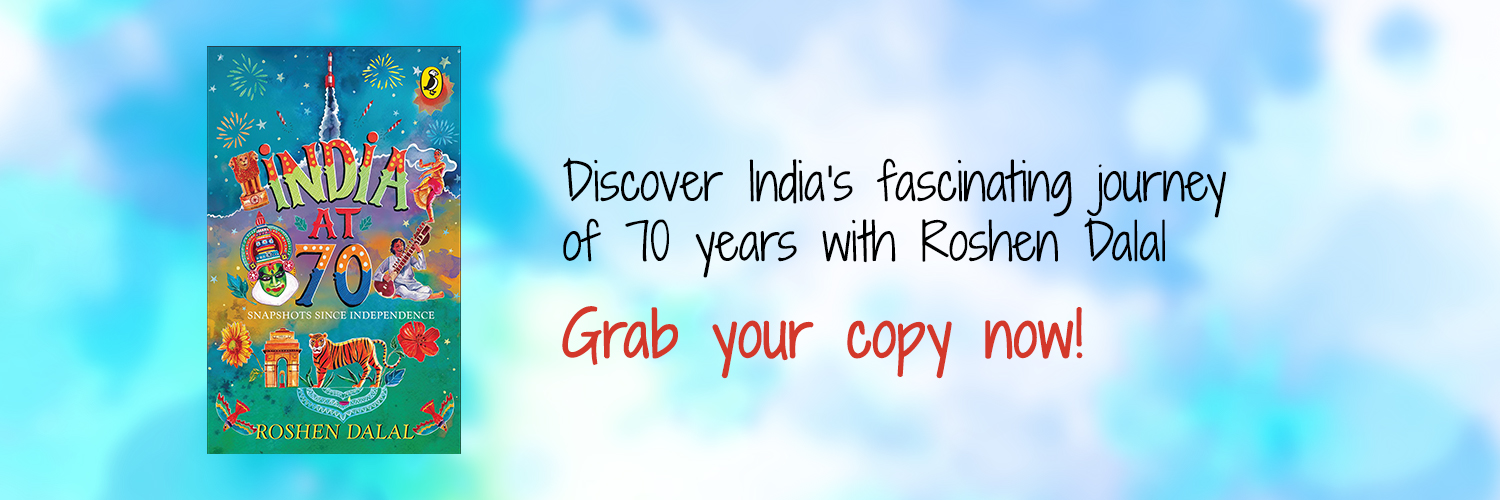
5 Badass Mothers in Literature
To call mothers a superhero will be an understatement (we are pretty sure they wear an invisible cape). Just like our real-life moms, mothers in literature also pull of some great tasks with breathtaking ease. Whether they are trying to protect the protagonists or just do a great job at raising them, we can’t help but look up to them.
So, here are five badass mothers:
Hester Prynne, The Scarlet Letter

Hester Prynne, in 17th century, did what other ladies in that era couldn’t even imagine doing i.e. live an independent life while raising a child on her own. Even though punished by her Puritan neighbours, she refuses to give out the names of her lover and their daughter. Deemed as an outcast then, she’d be considered a heroine today, like many of our moms.
Raksha, The Jungle Book

She is the fiercest mother we know. She cared for Mowgli as much as she did for her cubs. When Shere Khan threatened the pack to give up Mowgli, she proclaimed as his protector. Foster or not, a mother is a mother.
Mariam, A Flight of Pigeons

Mariam is an indomitable lady with a charm. Despite being at Javed Khan’s house in the times of turmoil, she refuses his proposition to marry her daughter Ruth. She does not give into the adversity of her circumstances but takes a chance with faith, saving her daughter’s life in the end.
Rosa Hubermann, The Book Thief
Rosa Hubermann is Liesel’s foster mother who has a “wardrobe build”, sharp tongue and a no-nonsense attitude. She does laundry for the wealthier households to help her family financially. She also never got fazed by anybody, not even Nazis during World War II. She is a mom who uses cuss words to show affection.
Marmee, Little Women

Runs the household by herself, raises four daughters, becomes their counsellor and role model, Marmee did it all. She also teaches them and nurtures them to become strong, inspirational women while keeping each of them true to their individuality. If Marmee isn’t a badass mother, we don’t know who is.
Do you know any more names that should be on this list? Tell us.
7 Quotes by Perumal Murugan that Describe a Difficult Childhood
Perumal Murugan’s works provide a poignant commentary on the religious and caste practices prevalent in the society. His stories vividly capture the pain a person from the lower strata of society goes through every day.
His novel Seasons of the Palm, which was shortlisted for the Kiriyama Award, is merciless in its portrayal of the daily humiliations of untouchablility. It also evokes the grace with which the oppressed come to terms with their dark fate. Shorty, the central character of Murugan’s novel is one such young untouchable who is in bondage to a powerful landlord.
Here are a few quotes from the book that will give you a glimpse of Shorty’s hardships:
Being Awakened by a Stinging Whiplash

When You Can’t Wash Off Your Stink

Untouchable and Barred from Touching

When the Bare Necessities Turn into Luxury

A Paid Slave

Not-so-Good-Morning

When Your Days Are Like Empty Bowls

Aren’t they painful yet powerful? Tell us what do you think.

What does a City Ravaged by War Look Like?
Everyday hearing the news makes war seem like a very real possibility. But do we really know what happens to a city when it is hit by war?
In Exit West – a heartrending story of love in the time of a refugee crisis – Mohsin Hamid paints a searing picture of a city torn by war and the destruction that the people go through.
Here are some of heartbreaking moments from Mohsin Hamid’s new novel.
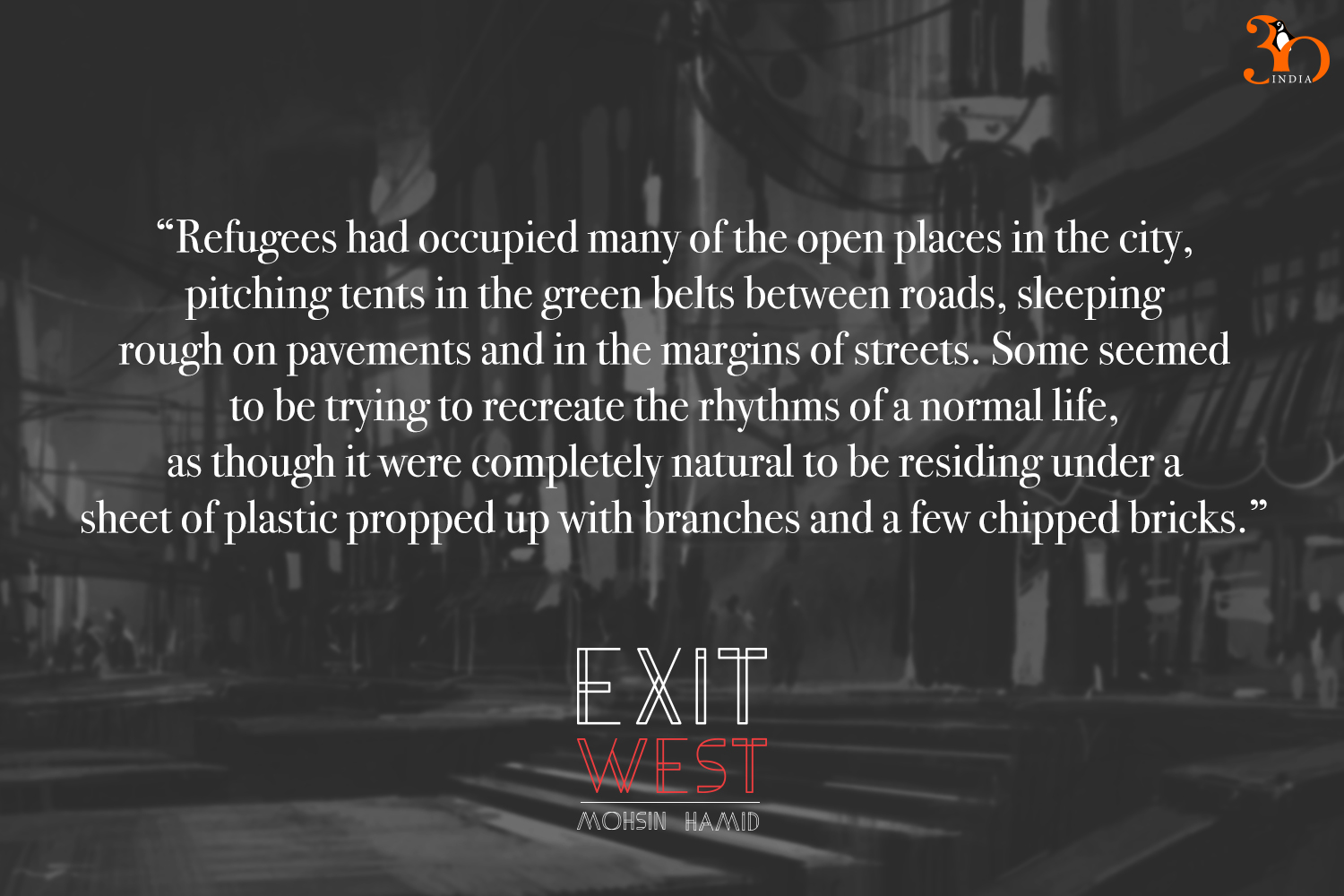
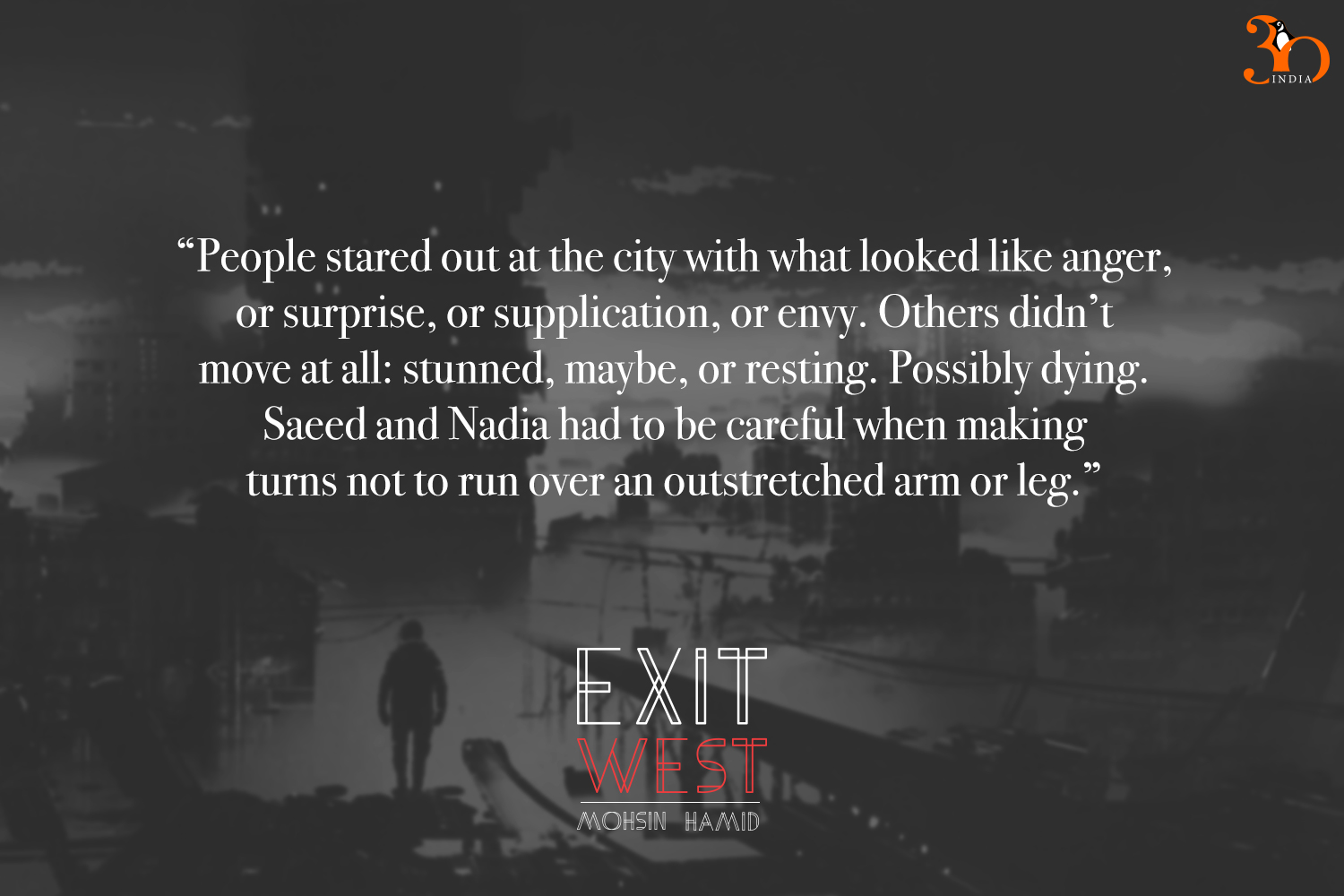
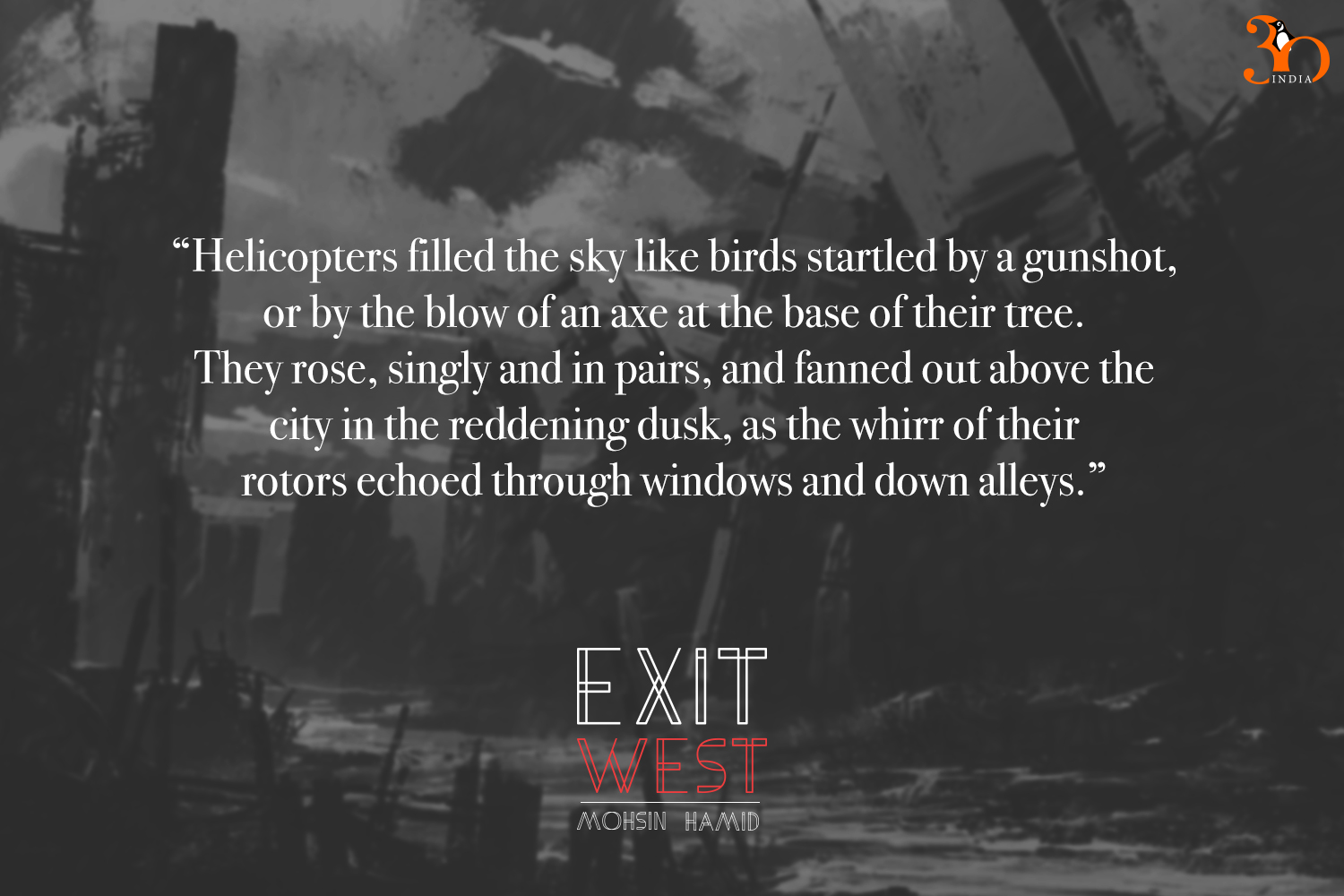
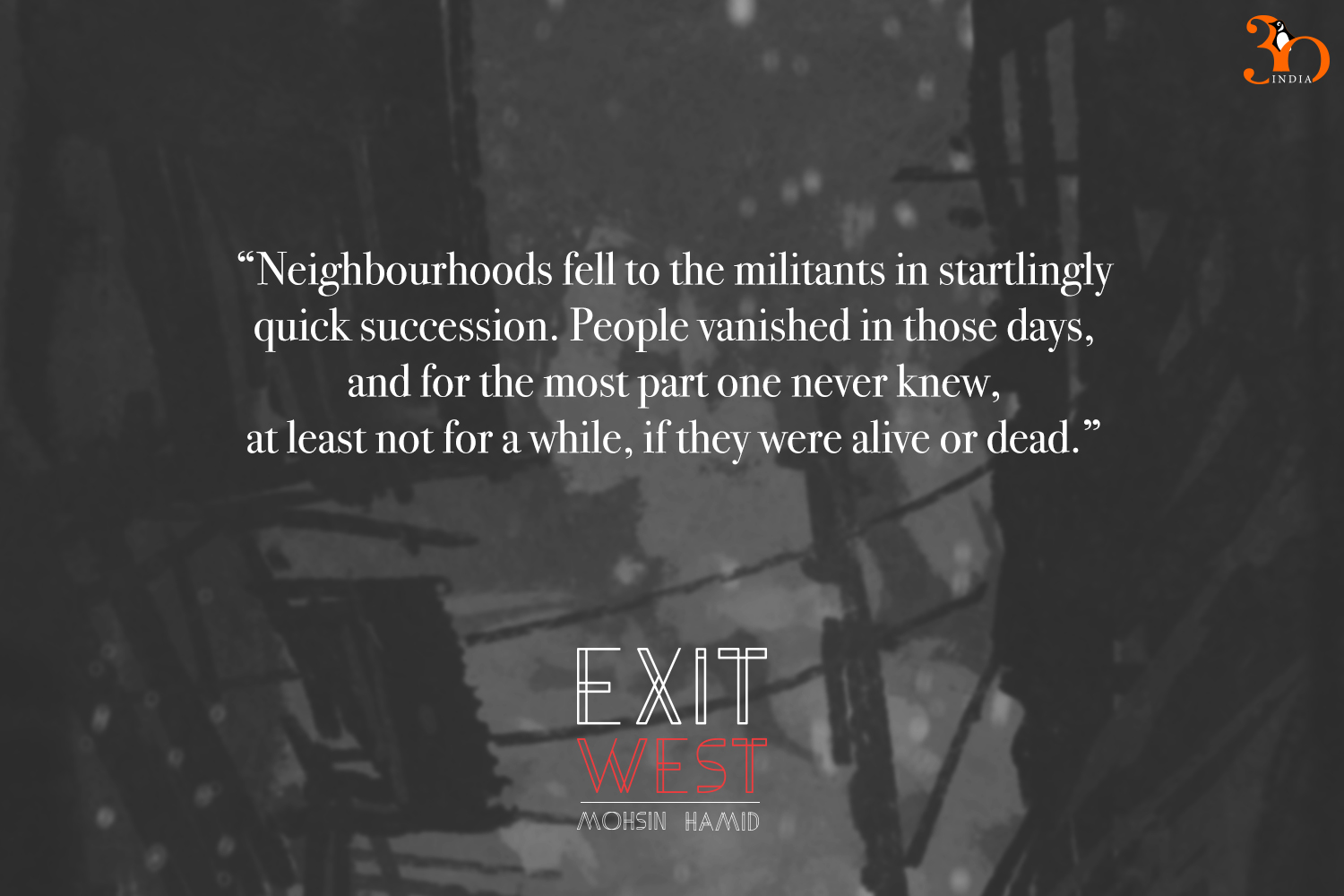
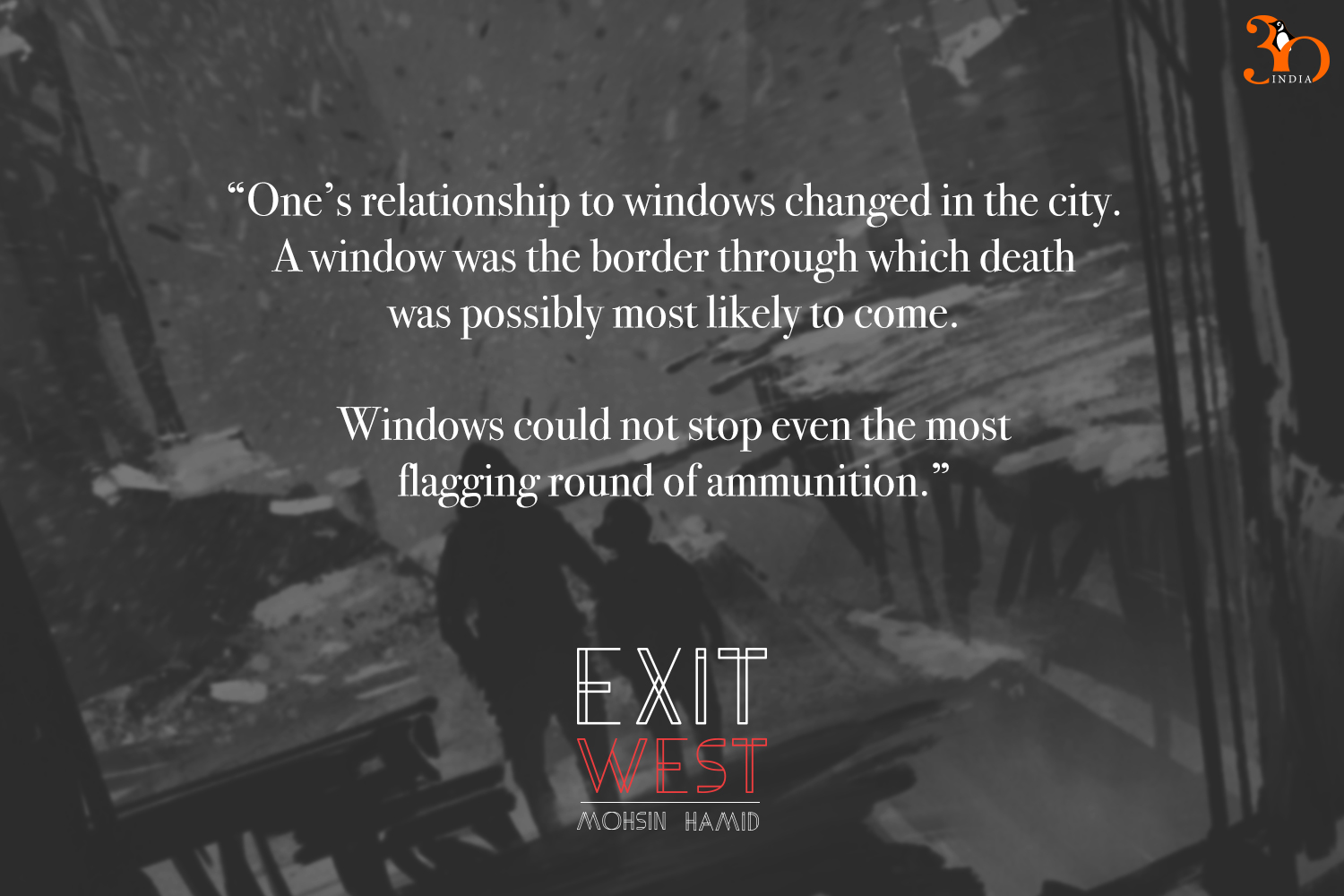
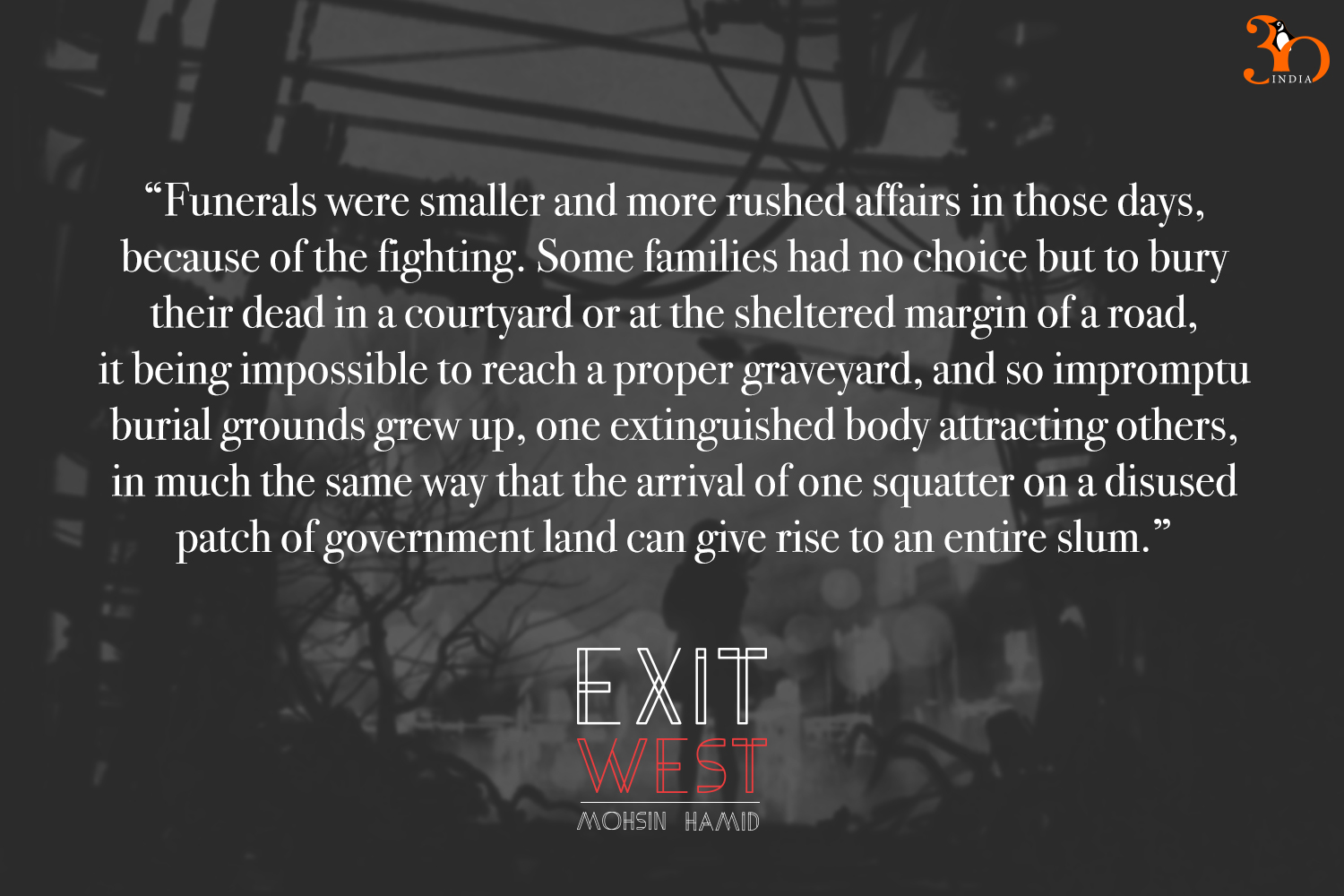
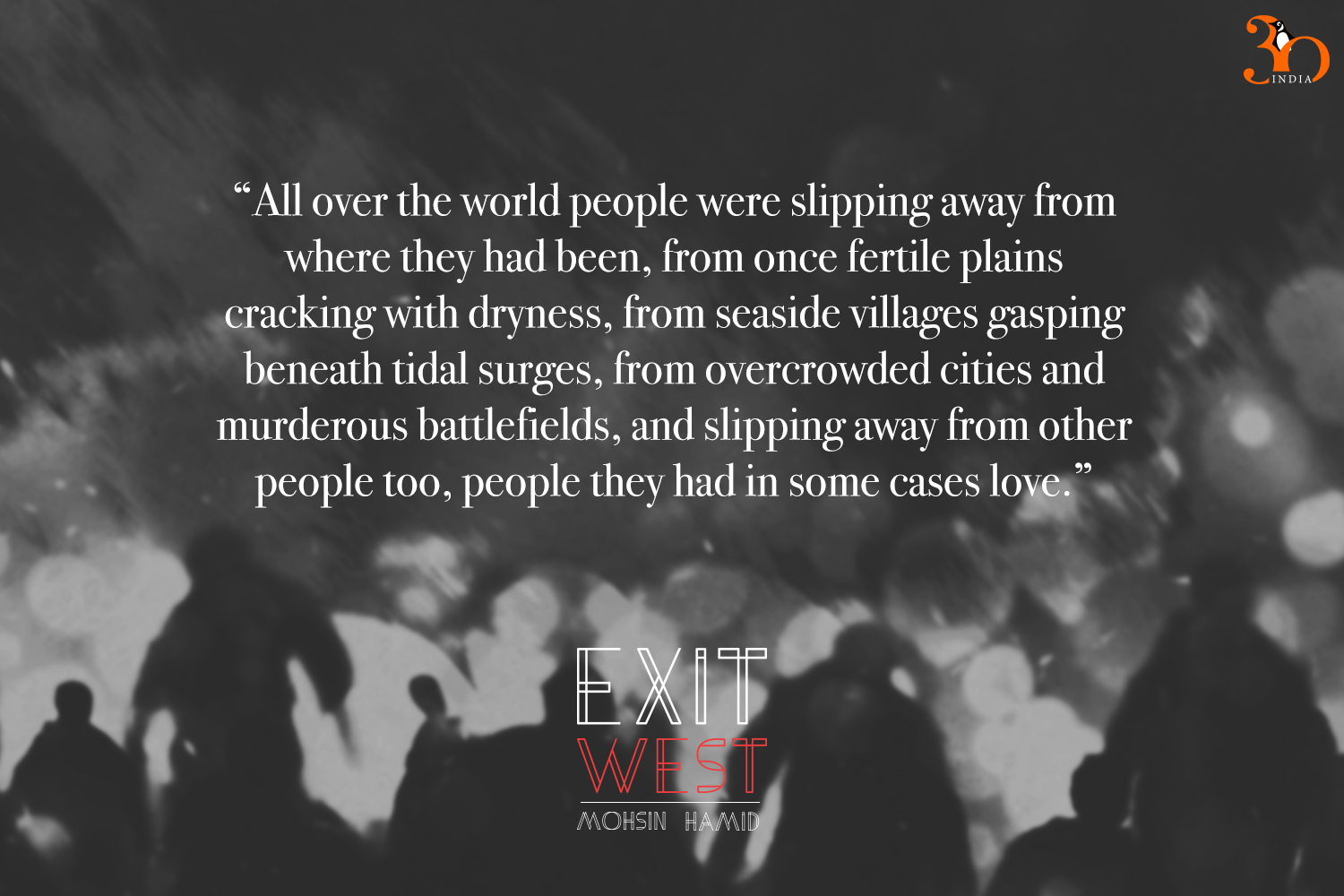
Do you, too, have a war-time experience to share? Share with us!
